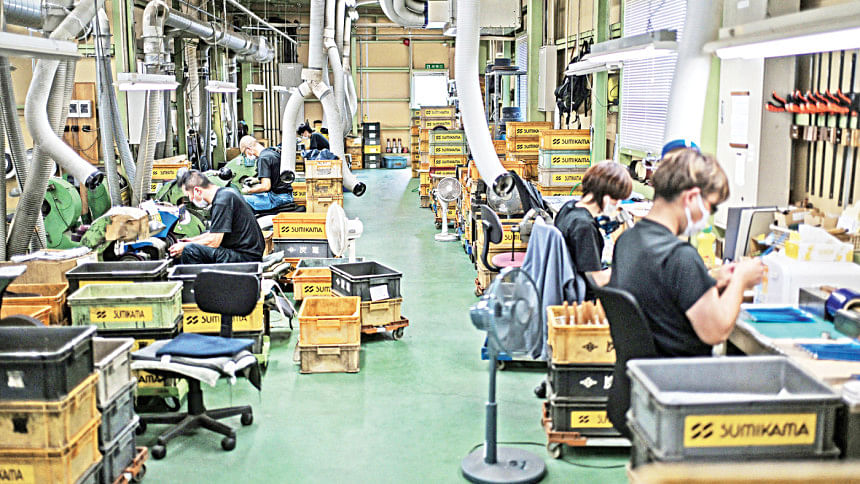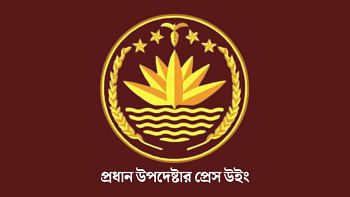Japan trade deal breaks US tariff template

Everything is up for grabs. That's the takeaway from the US-Japan trade pact Donald Trump and Shigeru Ishiba revealed on Wednesday. By setting tariffs on US imports from the Asian country at 15 percent, including autos, the US president is handing Japan's prime minister a decent win but also beating a big retreat on his flagship "sectoral tariffs". It further complicates Washington's regime of wildly diverging levies.
With reports of his resignation swirling after a bruising election result for his coalition at the weekend, Ishiba declared that his country, which shipped $150 billion in Japanese goods to America last year, had secured the best deal among those that have a trade surplus with the United States. That is true, so far. The agreement puts the tariff 10 percentage points lower than the levy Trump had threatened. The UK secured 10 percent, but it exports more to the US than it imports.
The surprise is that Japan's deal breaks Trump's tariff template. He pledged there would be separate levies for autos, pharmaceutical goods, steel and semiconductors. Handing the Asian giant a 15 percent flat rate on auto exports, which comprise nearly 30 percent of Japan's US shipments, rather than the 25 percent sectoral rate, suggests nothing about Trump's tariff regime is set in stone besides the 10 percent baseline duty he has imposed on all of America's global trading partners.
The outlook for Japanese carmakers will further brighten if Trump sets equal or lower tariffs on imports from Canada and Mexico. Take Toyota Motor. The world's largest carmaker sold 2.3 million cars in the US last year – 23 percent of its global total – and produced more than half that amount there. But it also made around 800,000 vehicles in Canada and Mexico. Honda Motor and Nissan Motor will find it especially painful if auto tariffs on those two countries remain at 25 percent. South Korea, another big Asian auto exporter, also will now hope to win an exemption.
It's enough to justify a relief rally. An 11 percent jump in the Topix Autos Index led a broader jump in stocks. Meanwhile, the yield on five-year government bonds rose 9 basis points to 1.11 percent, the highest since April 1. The Bank of Japan unsurprisingly struck a more sober tone because, in the end, it is still a blow for the struggling $4 trillion economy: last year, 53 percent of Japan's exports to the US crossed the Pacific tariff-free, BNP Paribas analyst William Bratton notes.
Other sops in the deal look less material and well-designed for Trump to tout to an American public. These include a $550 billion commitment for Japan to invest in the US This is nearly four times the value of Japan's exports to America, but SoftBank had already pledged to invest $100 billion stateside over the next four years. Ishiba also clarified that his country's pledge to import US rice would be under its "minimum access", so Japan's powerful lobby of farmers will remain protected. If Ishiba does resign following this deal, he may at least avoid being criticised for playing hardball in tariff negotiations. And foreign leaders will be quietly singing his praises.
President Donald Trump on July 23 said on Truth Social that the US had reached a trade deal with Japan that will set reciprocal tariffs on imports from the country at 15 percent. He also said that Japan will invest, at his direction, $550 billion into the US.
Japan's Prime Minister Shigeru Ishiba confirmed that the deal includes setting import tariffs on Japanese autos at 15 percent and that the pledged investment would include loans.
Trump added that Japan will open up its country to US imports of cars, trucks, rice and other agricultural products. Japan would raise a portion of rice imports from the US within its minimum access framework, Ishiba said. His country had obtained the best deal among countries that have a trade surplus with the US.
Japanese broadcaster NHK reported, citing Japanese government officials, added that the two countries agreed to keep the current 50 percent tariff on steel and aluminium.

 For all latest news, follow The Daily Star's Google News channel.
For all latest news, follow The Daily Star's Google News channel. 



Comments